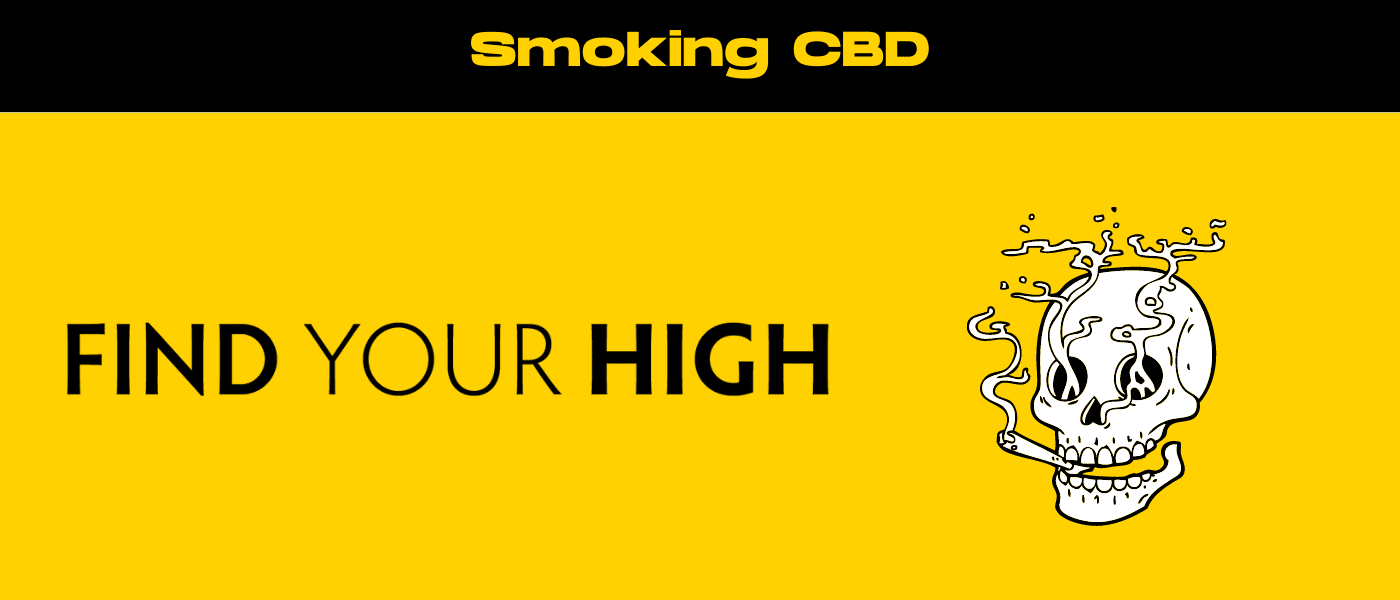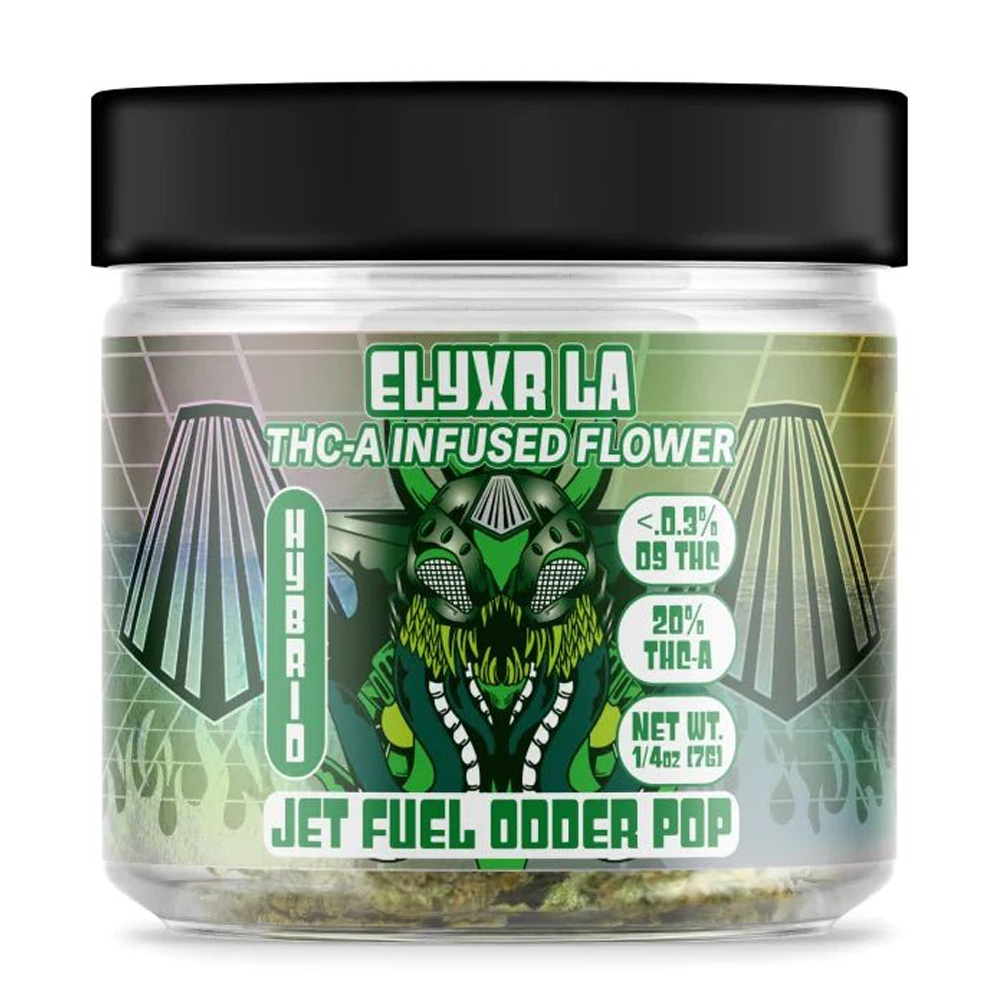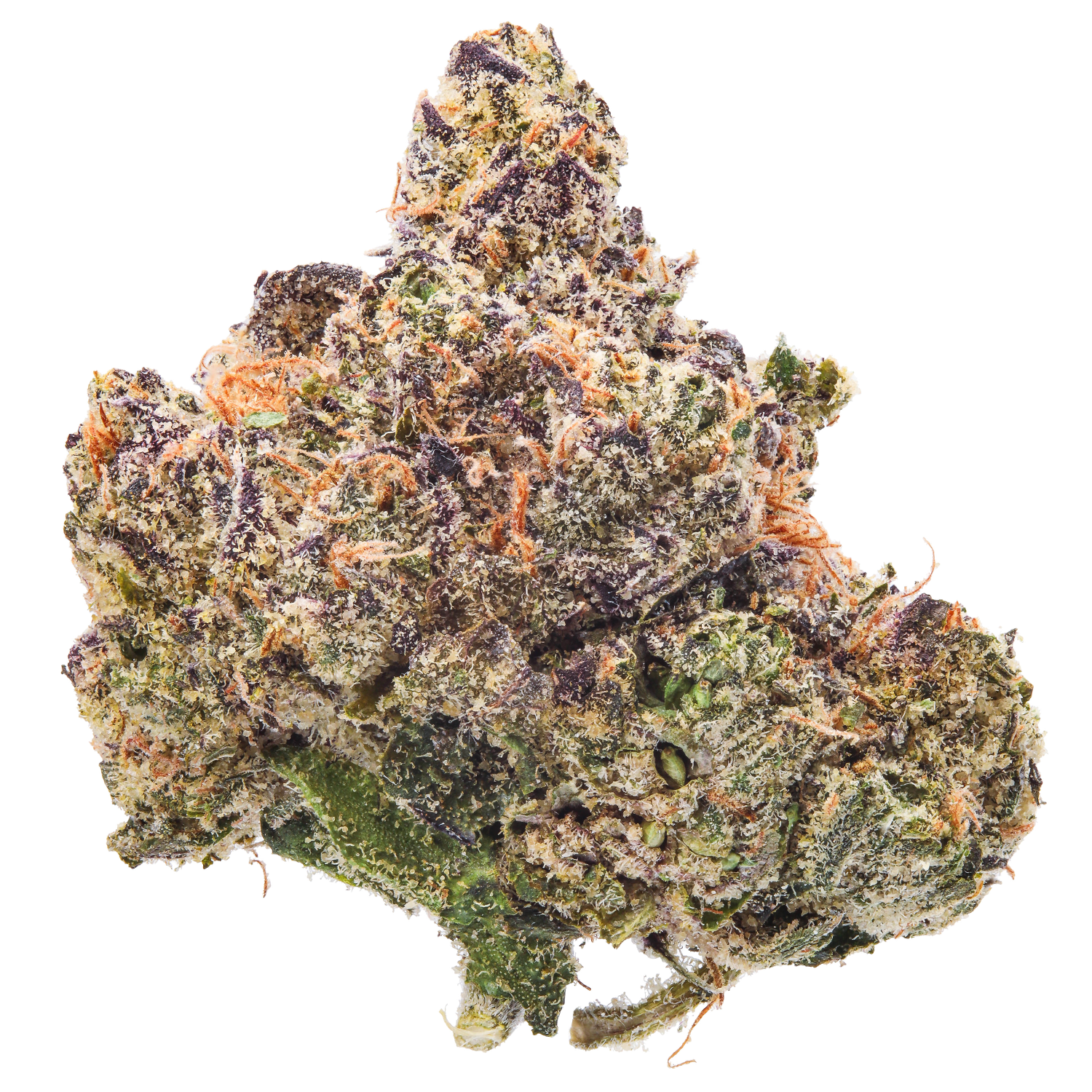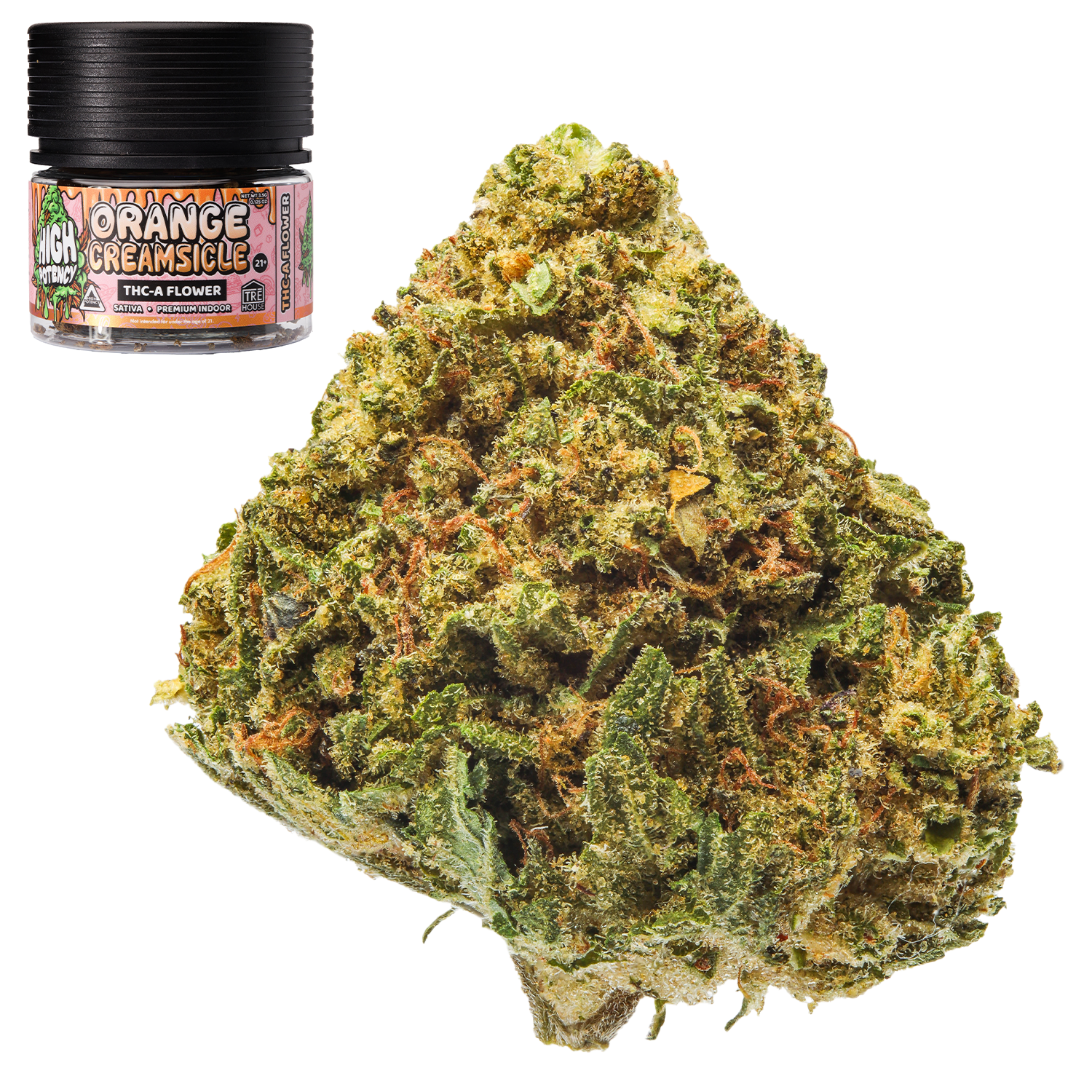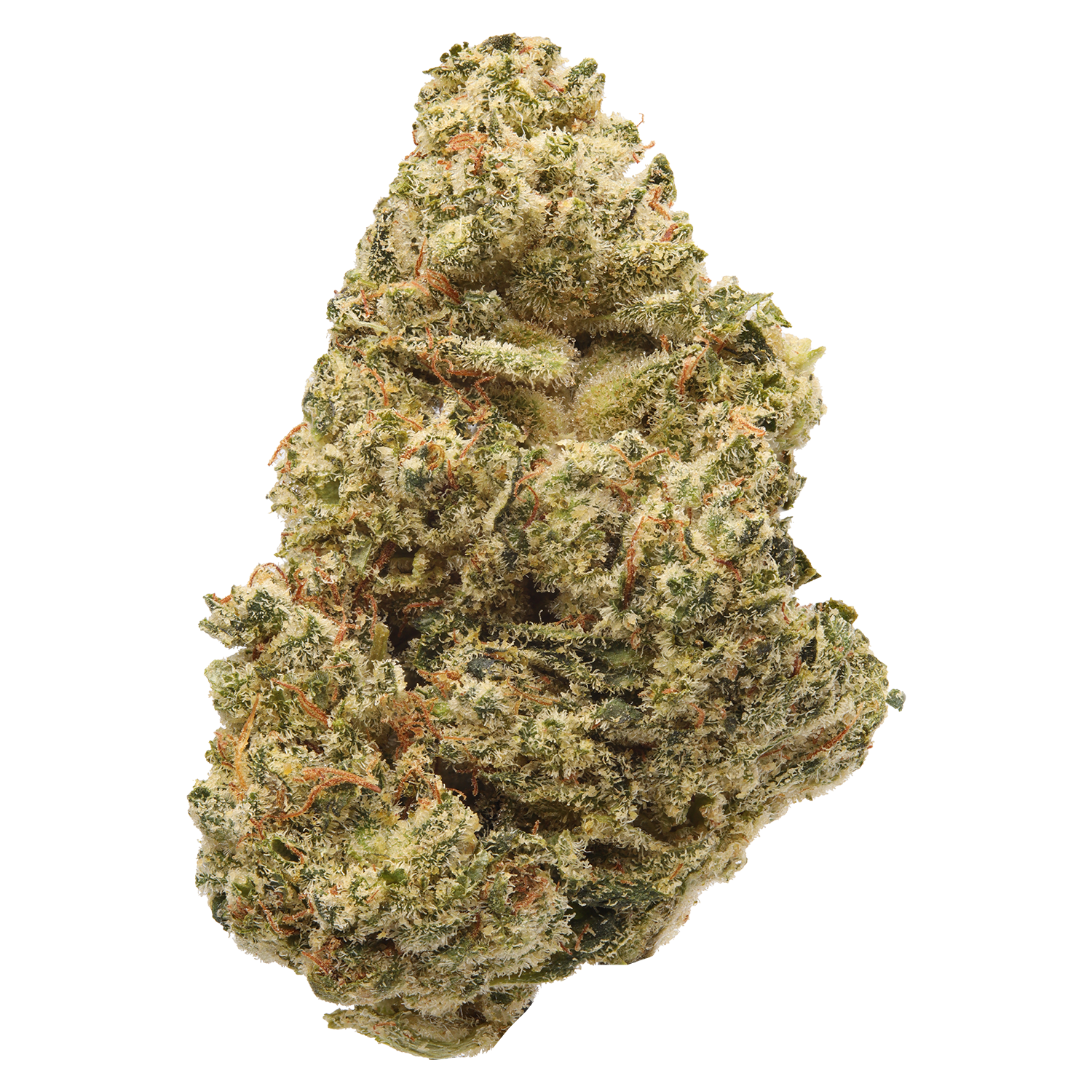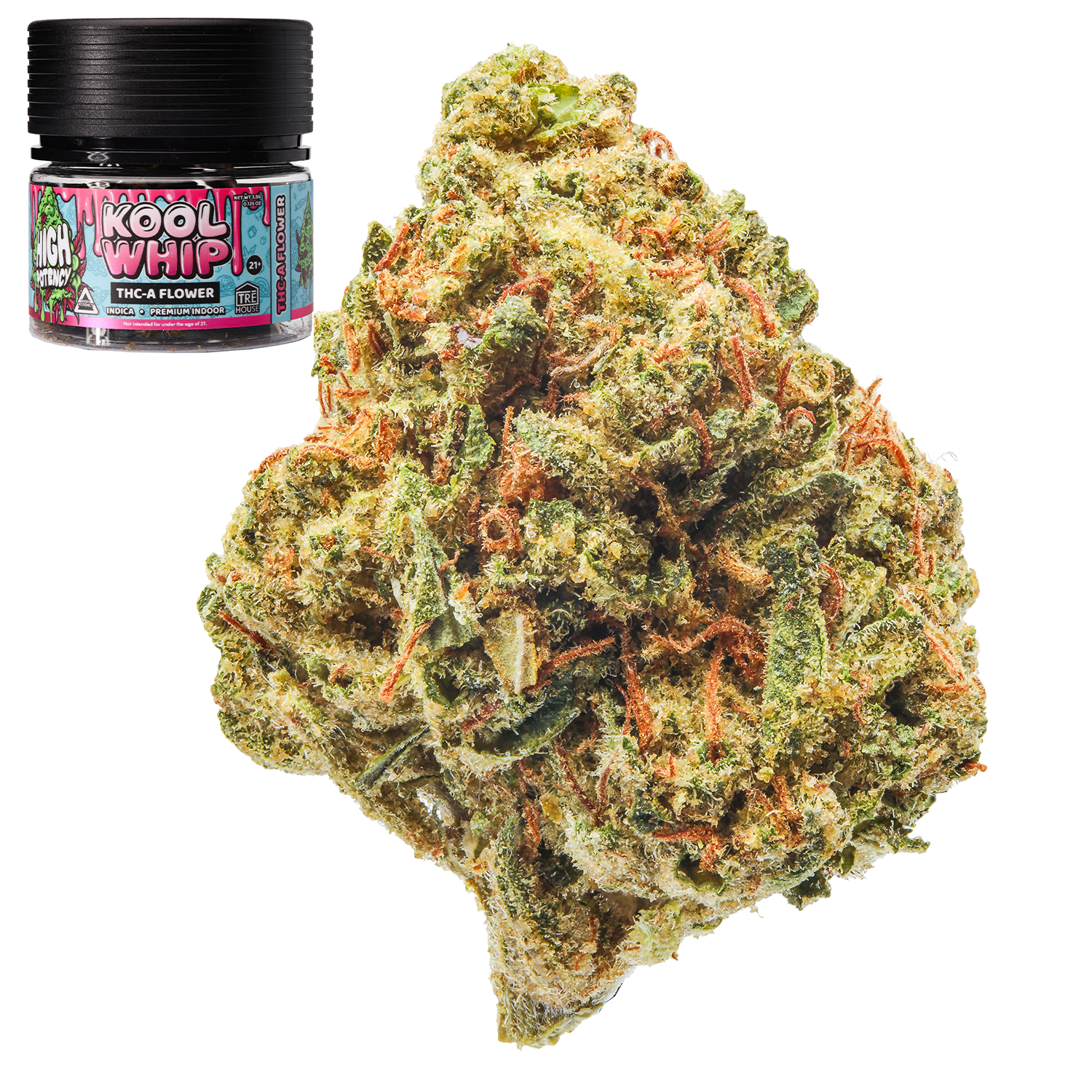CBD has officially entered the mainstream. Whether it’s infused in your morning latte, mixed into skincare, or dropped under your tongue before bed, cannabidiol—better known as CBD—is everywhere. But there’s one method of consumption that doesn’t get quite as much attention, even though it’s one of the fastest and most effective ways to experience its effects: smoking it.
Smoking CBD may seem counterintuitive if you’re used to viewing cannabis through the lens of getting high, but this method offers something totally different. It delivers the calming, balancing benefits of CBD almost instantly, without the intoxicating effects of THC. Whether you’re seeking fast-acting relief from anxiety, looking to unwind after a long day, or simply curious about the wellness buzz, smoking CBD flower can be an effective and enjoyable experience.
In this blog, we’ll break down everything you need to know about smoking CBD—from how it works and how it feels to legal concerns, health implications, product options, and safety tips. If you’ve been wondering whether lighting up a CBD pre-roll is worth trying, you’re in the right place.
What is CBD?
CBD, short for cannabidiol, is one of over 100 naturally occurring compounds called cannabinoids found in the cannabis plant. Unlike THC (tetrahydrocannabinol), which is the psychoactive compound responsible for the traditional marijuana “high,” CBD is non-intoxicating. That means it doesn’t alter your mental state or produce the euphoric buzz typically associated with medical cannabis use.
Cannabidiol is extracted primarily from hemp—a strain of cannabis that’s legally defined as containing less than 0.3% THC. There are three primary types of CBD products: full-spectrum (which includes trace THC and other cannabinoids), broad-spectrum (which includes all cannabinoids except THC), and CBD isolate (pure CBD). When you smoke CBD-rich flower or hemp, you’re typically dealing with full-spectrum compounds that work together in what’s known as the entourage effect, potentially enhancing the overall benefits.
The CBD market is legal at the federal level in the United States, thanks to the 2018 Farm Bill, but legal nuances can vary by state, especially when it comes to smokable hemp. Still, it’s widely available in the form of flower, pre-rolls, vapes, and even filtered CBD cigarettes.
Methods of Consuming CBD: Why Choose Smoking?
With so many ways to take CBD, you might be wondering what sets smoking apart. After all, the market is flooded with tinctures, capsules, edibles, topicals, and more. Each method has its benefits, but smoking offers a few distinct advantages that make it an appealing choice for certain users.
First and foremost, smoking CBD provides nearly immediate effects. Unlike edibles, which must be digested and metabolized (a process that can take up to 90 minutes), inhaling CBD allows it to enter your bloodstream through your lungs almost instantly. This quick onset is ideal for those seeking rapid relief from issues like anxiety, pain, or stress.
Additionally, smoking offers high bioavailability—meaning a larger percentage of CBD actually makes it into your bloodstream compared to other methods. While tinctures typically offer 20–30% bioavailability and edibles even less, smoking can deliver up to 50% or more.
There’s also something ritualistic about lighting up that many users find soothing and familiar. For those coming from a background of smoking tobacco or medical marijuana, smoking CBD products feels natural and intuitive. Plus, the physical act of smoking can itself serve as a calming, meditative experience.
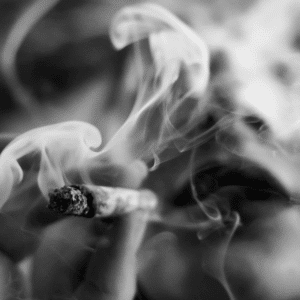
What Happens When You Smoke CBD?
When you smoke CBD products, the effects come on fast—usually within a minute or two. The cannabinoids enter your lungs, pass through the alveoli, and are absorbed directly into the bloodstream. From there, they interact with your endocannabinoid system (ECS), a complex cell-signaling network that helps regulate things like mood, sleep, pain response, and stress levels.
So what does it feel like? While you won’t experience the psychoactive “high” associated with THC, most people report a sense of calm, clarity, and gentle relaxation. It may help you feel more grounded, ease mental tension, or even reduce physical discomfort, depending on the situation and your personal body chemistry.
Some users notice subtle mood elevation, reduced anxiety, and better focus. For others, the effects might lean more toward physical relief—helping to relax tight muscles, settle an upset stomach, or promote a more restful night of sleep. Everyone reacts a little differently, so finding your sweet spot often requires some experimentation.
Keep in mind, CBD’s effects can be influenced by a number of factors: your tolerance, metabolism, the quality of the flower, and even the strain-specific cannabinoid and terpene profile. Some strains may lean more calming (indica-dominant), while others are more energizing (sativa-dominant).
Is Smoking CBD Legal?
The short answer: Yes, smoking CBD is legal at the federal level in the United States—as long as the CBD is derived from hemp containing less than 0.3% THC. This became law with the passage of the 2018 Farm Bill, which removed hemp and its derivatives from the list of controlled substances.
That said, the legal landscape is still a bit murky depending on your state or even city. Some states have specific bans or restrictions on smokable hemp, regardless of THC content. Local laws may limit where you can consume it or how it can be sold. Always check your state and local guidelines before lighting up in public or purchasing large quantities.
Also, keep in mind that smoking anything in public spaces is often prohibited—even if it’s CBD—so be mindful of your surroundings and respectful of others.
Benefits of Smoking CBD
Smoking CBD offers a wide range of potential benefits, many of which are supported by emerging research and user testimonials.
The most obvious perk is rapid relief. Because it kicks in almost instantly, smoking CBD is a great option for managing acute symptoms like panic attacks, high-stress situations, or sudden flare-ups of pain.
It may also offer the following benefits:
- Reduced anxiety and stress: Many users find that a few puffs help quiet racing thoughts or take the edge off stressful moments.
- Relief from mild pain or inflammation: Great for sore muscles, headaches, and general physical tension.
- Improved sleep: Smoking CBD before bed can help relax both the body and mind, promoting a more restful night.
- Elevated mood: While it’s not euphoric in the way THC can be, CBD may subtly boost your mood and emotional resilience.
- Support for nicotine withdrawal: CBD pre-rolls and cigarettes are often used as a tobacco alternative, offering a similar hand-to-mouth ritual without the addictive properties.
It’s important to note that while there’s a growing body of anecdotal evidence supporting these benefits, more research is still needed to fully understand CBD’s effects across different conditions. Still, its safety profile and therapeutic potential make it an increasingly popular choice for wellness seekers.

Are There Any Risks or Side Effects?
No method of cannabis consumption is entirely risk-free, and smoking CBD is no exception. The primary concern comes from the act of smoking itself. Inhaling any kind of combustion—whether it’s from tobacco smoke, cannabis, or hemp—introduces irritants and particulates into the lungs, which can be harmful over time. If you have asthma or other respiratory issues, smoking may not be the best option.
As for CBD itself, it’s generally well-tolerated. However, some users report mild side effects such as:
- Dry mouth
- Drowsiness
- Lightheadedness
- Gastrointestinal discomfort (less common with smoking)
These side effects are typically short-lived and dose-dependent. To reduce your risk, always buy high-quality flower that’s free from pesticides, heavy metals, and synthetic additives. Third-party lab testing is a must.
If you’re concerned about the health risks of combustion but still want the fast-acting effects of inhalation, consider vaporizing CBD flower with a dry herb vape. This method heats the flower without burning it, producing a cleaner vapor that’s easier on the lungs.
CBD Flower vs. CBD Pre-Rolls vs. CBD Cigarettes
There’s more than one way to smoke CBD oil, and the format you choose can significantly shape your experience. Here’s how the three most common options stack up:
- CBD Flower: This is raw, unprocessed hemp bud, typically sold by the gram or eighth. It offers full control—you can grind it yourself, roll joints, or smoke it in a pipe or bong. Ideal for experienced users who enjoy customization.
- CBD Pre-Rolls: Pre-rolled joints filled with CBD flower. These are ready to go, convenient, and consistent. Great for beginners or anyone who doesn’t want to deal with grinding and rolling.
- CBD Cigarettes: These look like traditional cigarettes but contain CBD-rich hemp instead of tobacco. Some come with filters and can be flavored or unflavored. They’re discreet, easy to carry, and often used as tobacco substitutes.
Each form has its pros and cons. Flower gives you the most flexibility, but pre-rolls and cigarettes win on convenience. Whichever you choose, always check for lab testing and avoid anything with synthetic cannabinoids or mystery ingredients.
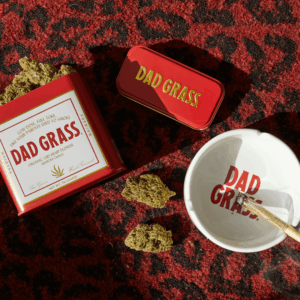
Does Smoking CBD Make You High?
Nope. Smoking hemp-derived CBD products won’t get you high. Even though you’re inhaling cannabis flower, hemp-derived CBD contains less than 0.3% THC by law—nowhere near enough to produce the intoxicating effects typically associated with marijuana.
That said, it’s worth noting that some full-spectrum products may contain trace levels of THC. While it’s not enough to cause a high, it could potentially show up on a drug test, especially if you’re a frequent user. If that’s a concern, look for products labeled THC-free or broad-spectrum.
How Much CBD Should You Smoke?
There’s no one-size-fits-all dose when it comes to smoking CBD from the cannabis sativa plant. Your ideal amount will depend on several factors, including your body weight, metabolism, tolerance, and desired effects.
A good starting point for most people is just a few puffs—half a joint, a pinch in your pipe, or one-third of a CBD cigarette. Wait a few minutes to see how you feel before deciding whether to continue. The beauty of smoking is that you can gradually increase the dose in real time.
On average, a single pre-roll contains anywhere from 75mg to 150mg of CBD, though not all of that will make it into your system due to combustion and loss. Beginners should always start low and go slow.
How Fast Does Smoking CBD Work?
One of the biggest draws of smoking CBD is the speed at which it works. Effects are typically felt within 30 seconds to 2 minutes, depending on how deeply you inhale and how quickly your body absorbs cannabinoids.
That makes smoking ideal for situations where timing matters—like calming nerves before a social event, easing into sleep, or relieving acute muscle tension after a workout. Compared to edibles (which can take an hour or more), smoking offers a clear advantage for immediate results.
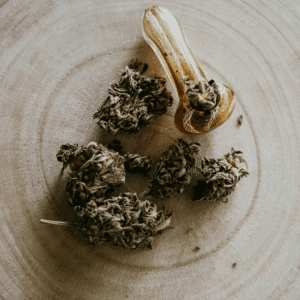
How Long Does Smoking CBD Last?
While the onset is fast, the effects of smoked CBD don’t last as long as other methods. You can generally expect the benefits to linger for 1 to 3 hours, though this will vary depending on your body, dose, and frequency of use.
The mental clarity and focus may fade more quickly, while physical relaxation can persist longer. If you’re using CBD for extended relief (like chronic pain or insomnia), smoking might be best used alongside a longer-lasting form like capsules or tinctures.
Can You Smoke Too Much CBD?
Technically, you can’t “overdose” on CBD in the traditional sense—it’s considered non-toxic and has a very high safety threshold, unlike smoking cigarettes. That said, taking more than your body needs can lead to some unpleasant effects.
Common signs you’ve had too much include:
- Feeling overly tired or groggy
- Lightheadedness
- Headache
- Upset stomach
These effects are typically mild and fade quickly. Still, moderation is key. Start with a low dose and increase only if needed. And remember: more CBD doesn’t always mean better results. Sometimes, less is more.
Tips for Smoking CBD Safely and Effectively
To get the most out of your smoking experience—while minimizing potential risks—keep these best practices in mind:
- Always buy lab-tested, high-quality CBD flower from reputable brands.
- Avoid products with synthetic cannabinoids, additives, or questionable fillers.
- Store your flower in a cool, dry place to preserve potency and freshness.
- Use clean pipes, glassware, or filters to reduce harshness.
- Start slow and pay attention to how your body reacts.
- Don’t mix with tobacco unless you’re intentionally using it as a tapering tool.
If you’re new to smoking weed or anything similar, consider starting with a dry herb vaporizer. It provides similar effects without the combustion-related health concerns.
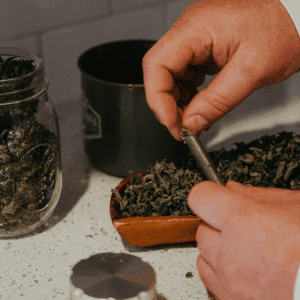
Final Thoughts: Is Smoking CBD Right for You?
Smoking CBD isn’t for everyone—but for the right person, it can be a game changer. Whether you’re seeking fast relief, a sense of calm, or just curious about cannabis without the high, smoking hemp-derived CBD offers a legit and enjoyable way to engage with the plant.
It’s fast-acting, relatively safe, and easy to dose in real time. That said, anyone with respiratory concerns or sensitivities should weigh the risks and explore alternate methods if needed. Ultimately, it comes down to your goals, preferences, and lifestyle.
As always, quality matters. Do your research, read the lab reports, and find products that align with your values and health priorities. Smoking CBD might just be the easiest way to take the edge off—no high required.
Frequently Asked Questions
1. What happens if you smoke CBD?
When you smoke CBD, the cannabinoid (short for cannabidiol) enters your bloodstream almost instantly through the lungs. This fast absorption means you’ll feel the effects within minutes—unlike edibles or tinctures, which can take a while to kick in. You won’t get high, but you might notice a sense of calm, reduced stress, or a mellow body feel. For many, it’s a go-to method for rapid relief from anxiety, minor aches, or even just to wind down without feeling spaced out.
2. Can you get a buzz from smoking CBD?
Not in the traditional sense. Smoking CBD isn’t psychoactive like smoking THC, so you won’t experience a euphoric head high or the classic “stoned” sensation. However, some users describe feeling a “body buzz” or a wave of relaxation that mimics the soothing effects of cannabis—just without the mental fog or intensity. It’s more like a gentle exhale after a long day than a rocket to the moon.
3. Do you feel anything when you smoke CBD?
Yes, but it’s subtle. Smoking CBD doesn’t leave you couch-locked or giggling uncontrollably—it’s more about clarity and calm. You might notice a reduction in anxiety, tension, or physical discomfort. Some people report a clear-headed focus or an uplifted mood. Think of it as a therapeutic nudge rather than a full-on shove.
4. What to expect from smoking CBD?
Expect fast-acting effects that are smooth and manageable. Within minutes, you might feel a light relaxation settling into your body and mind. It won’t knock you out or alter your perception—it just takes the edge off. For regular users, smoking CBD can also become a ritual: a moment of peace, a breath of relief, or a natural way to transition from the chaos of the day into a more centered headspace.
5. Are there benefits to smoking CBD?
Absolutely. Smoking CBD offers near-instant effects, which is especially helpful for people dealing with anxiety, stress, or chronic pain. It can also help improve sleep, elevate mood, and promote overall relaxation. Beyond the quick onset, smoking CBD may also deliver better bioavailability than some other methods—meaning your body can absorb and use more of the compound. Just keep in mind that, like any form of smoking, there are potential risks to your lungs over time.
6. Can I smoke CBD only?
You sure can. CBD flower or pre-rolls made from high-CBD, low-THC hemp are totally smokable and don’t require mixing with anything else. Many people prefer smoking just CBD—especially if they want the therapeutic benefits of cannabis without the psychoactive side effects. It’s also a solid option for those who want to enjoy a smoke break without catching a high THC cannabis buzz. Whether you’re easing into cannabis or just prefer a clear-headed chill, smoking CBD solo is a great option.
7. How does smoking CBD feel?
Smoking CBD feels mellow, grounding, and clear—like a mental exhale and a physical reset all at once. There’s no overwhelming high or trippy headspace to worry about, just a gentle sense of calm that rolls in shortly after your first puff. Most users describe it as a relaxing body sensation, similar to loosening tension after a long day or sliding into a more peaceful mindset.
Physically, you might feel a slight easing of aches or tightness. Mentally, it can take the edge off stress or anxiety without clouding your focus. You stay alert and present, just a little more at ease. Think of it as a low-key vibe shift—not a buzz, but definitely a noticeable difference, especially if you’re feeling tense, overwhelmed, or need a breather.
Of course, the exact feeling can vary depending on the strain you’re smoking, your body’s chemistry, and how much you consume—but overall, expect clarity, calm, and a subtle but welcome sense of relief.




